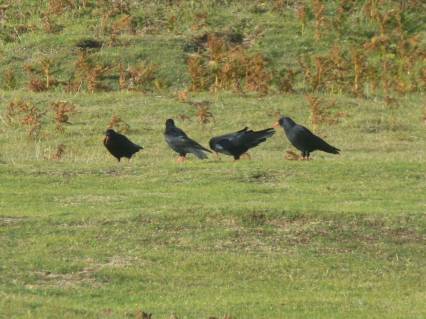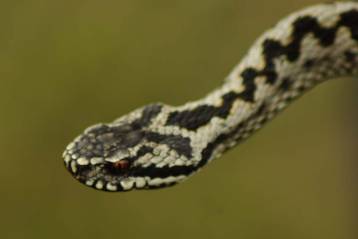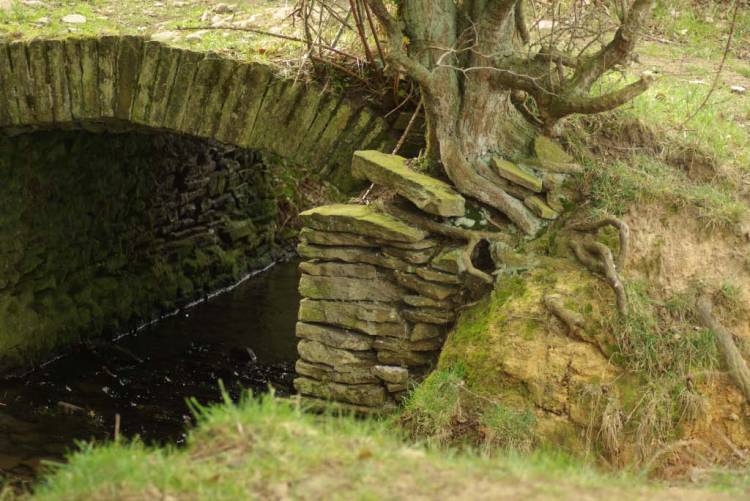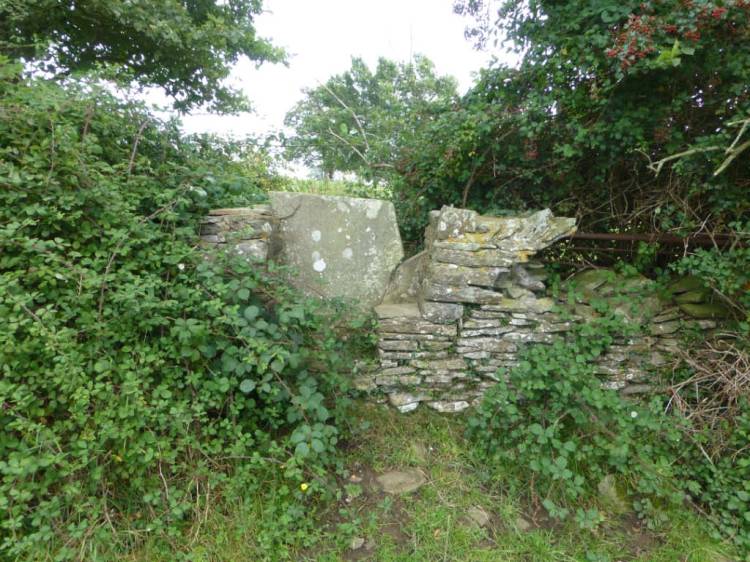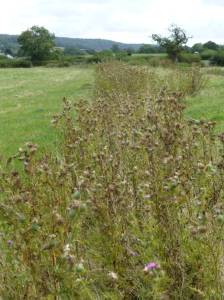
Social media can be totally overwhelming. When I first signed up to Facebook and Twitter my eyes were opened to the extent of environmental degradation and social injustice in the world. I found myself in a permanent state of outrage, the more I read the angrier I became, and the more helpless I felt.
Eventually I began to realise that if I wanted to make a difference I needed to focus on the things that I could realistically do something about, and give myself permission to let the others go.
This summer I asked myself if there was one thing that I could concentrate on that would draw upon the skills, knowledge and relationships I have built up over the years, and have a genuinely beneficial impact on the environment and the local community. The answer was pollinators.
I have friends on Facebook, who love bees, not just honey bees, but bumble bees and solitary bees, all kinds of bees that I had never heard of before reading their posts. I became fascinated with them myself, then alarmed as I began to learn about neonicotinoids pesticides from the same people. The more I discovered the more concerned I became, I now firmly believe that if policy remains unchanged their effect on the environment will be catastrophic.
I volunteer at the North Somerset Butterfly House and over the three years I have worked there I have learnt a huge amount about ecology in general, and invertebrates in particular, from the owner Pete Dawson. With his help, and drawing from what is already being done in Bristol, and other parts of the country, including Northumbria (illustrated below), I fleshed out a proposal for a pollinator project in North Somerset.
Since then I have discussed possibilities with other friends and colleagues, who have all been hugely supportive.
It’s a huge task, and there’s no way I can take it on by myself, I just want to get the ball rolling. My vision is to see local and national wildlife organisations working together with the community to make North Somerset’s towns and villages a riot of colour and a haven for pollinators.
I won’t publish the whole of the proposal here but, for those who are interested, I have set out the key points below the slideshow.
The North Somerset Community Pollinator Project
A partnership of organisations and individuals with relevant experience and expertise working together to:
- Provide information about the importance of pollinators and the threats they are facing, namely habitat loss and the increasing use of pesticides, especially neonicotinoids.
- Encourage individuals and communities in North Somerset to take action to provide good quality habitat for pollinators in gardens, parks and urban spaces.
- Protect existing habitat and encourage sympathetic management of roadside verges.
- Encourage local retailers and garden centres to sell pesticide free, pollinator friendly plants.
- Discourage the use of horticultural pesticides
- Signpost further sources of information


















